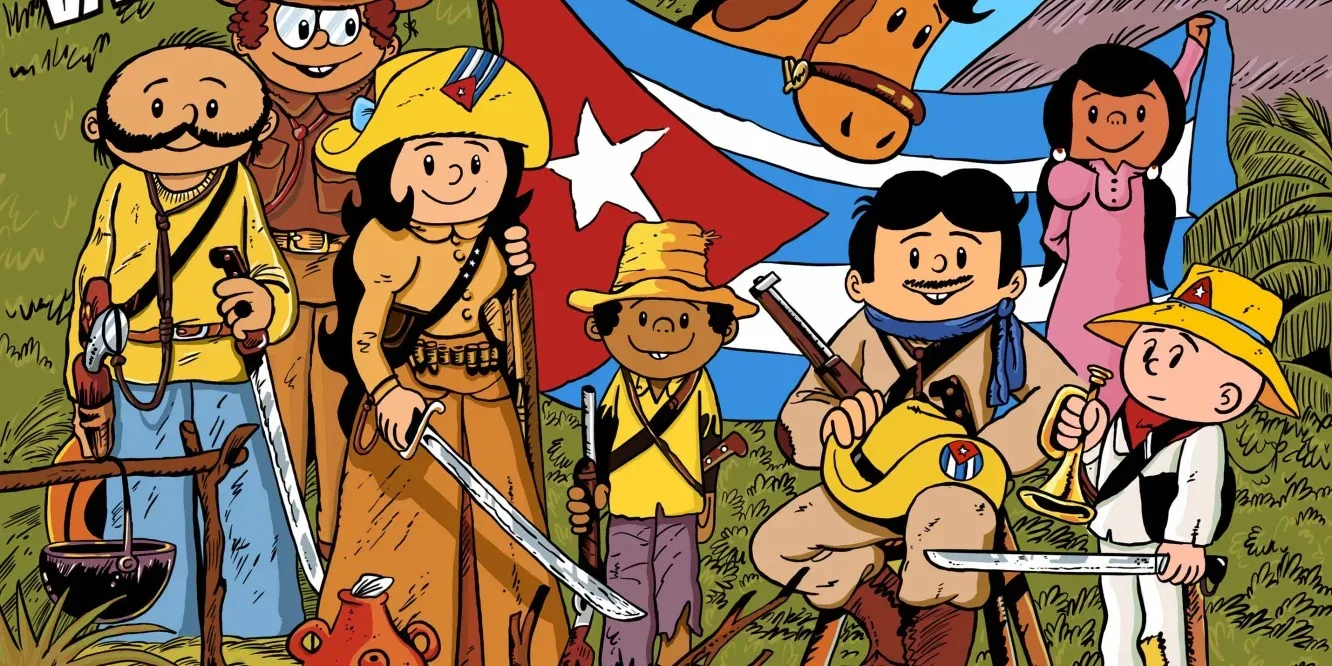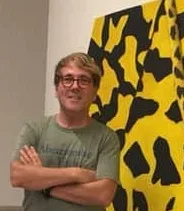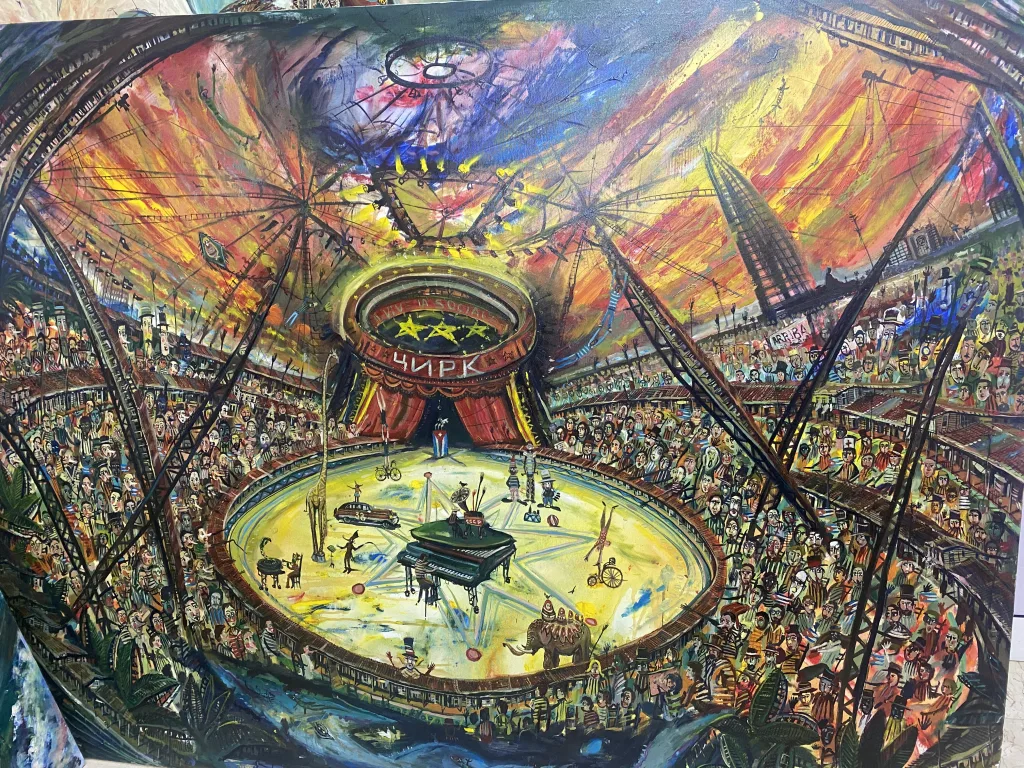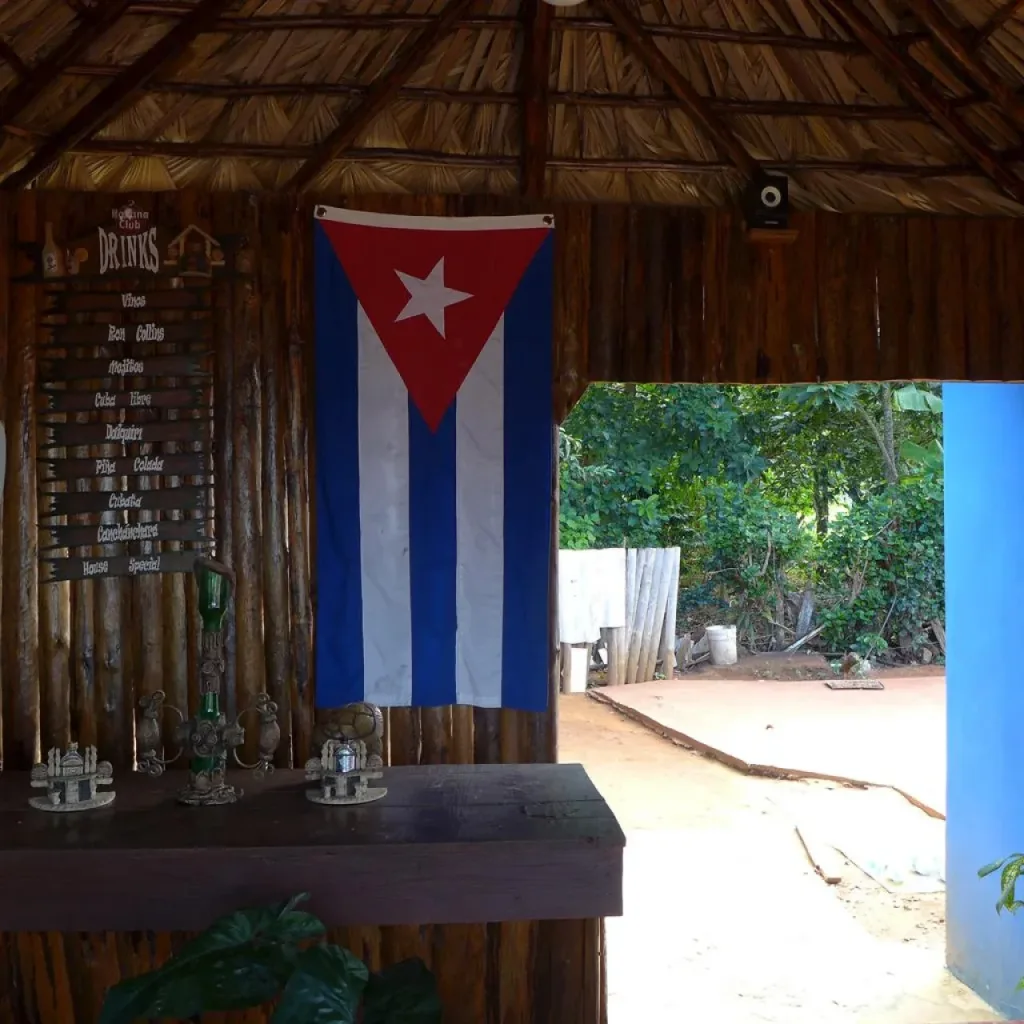Juan Padrón Blanco (January 29th, 1947, Jovellanos, Matanzas – March 24th, 2020, Havana), caricaturist, animated films producer, illustrator, strip cartoonist, and Cuban scriptwriter. Among his most significant works we have: Elpidio Valdés, Vampiros en La Habana, Filminutos, and Quinoscopios, which was created with the famous Argentinian comic strip artist and humorist Joaquín Lavado (Quino).
The artist (Cuban National Prize of Humor in 2004, and National Film Prize of Cuba in 2008), a modest and cheerful person, who didn’t use to speak much – his humor ran on the inside – was extraordinarily gentle, and had a natural intelligence that showed trough his light eyes and his creations, in a very crafty way. He won multiple awards, among them: eight Coral Prizes at the Havana Film Festival, the Annual Prize of Journalism Juan Gualberto Gómez in 1989, the Juan Marinello Order in 1999, and the Félix Varela Order in 2001…
Juan Padrón walked through the roads of humor during more than five decades; he left profound marks of Cuban identity. Some of those marks are in his extensive work, in the cartoon stories and films that perspire our humor, and give us smiles and laughs to bring joy to our time. His Cuban stories breathe there, with his very famous characters; the most famous of all: Elpidio Valdés; this lively mambí who is also the soul of Juan Padrón, his feelings, because the two of them have been confused/merged with the other. There is much of Padrón in Valdés, and much of Elpidio in Juan; friends, brothers of adventures on paper, on celluloid and in real life. One couldn’t look at him and not think of the other. That is the reason why when I interviewed him for Granma Journal, in the year 2000 – the only time I did it, but it will remain forever in my memory -, about the 30 years of his most famous character, this was the title I chose… “Juan Elpidio Padrón Valdés”.
One day, 50 years ago, Juan Padrón began to change his name without realizing this. All happened like when a boy changes from reality to the dream’s world by reading, at night, an adventure book… On paper, and shaped by the nimble brushstrokes of the graphic humorist, a new character woke up. He was nice, audacious, short, with an enormous mustache; as if it was traced from his author – who was the model, as he has confessed -. He would answer to the name of… Elpidio Valdés. Since then, on the inseparable Palmiche he has ridden through various generations as a symbol of Cuban identity.
With the typical seriousness of the men who inspire the smile of others, Padrón confessed that Elpidio was like him when he was young. “I always make the joke: Before, I Iooked like Elpidio, and now like General Resóplez; fat and with the big mustache (but Cuban, always Cuban)”.





